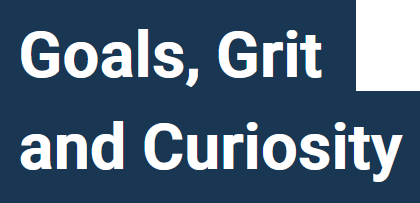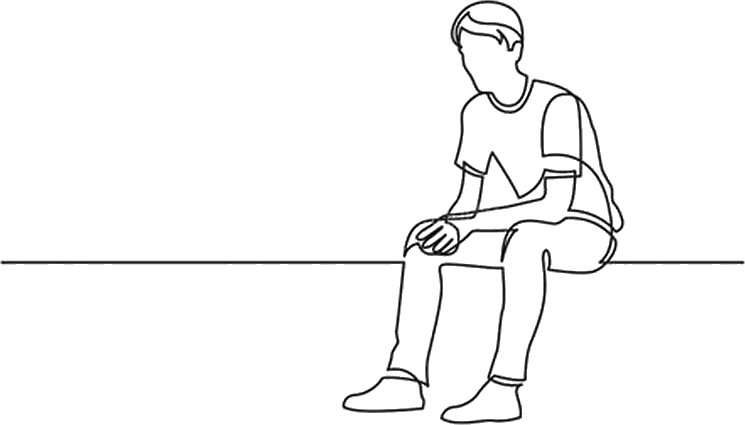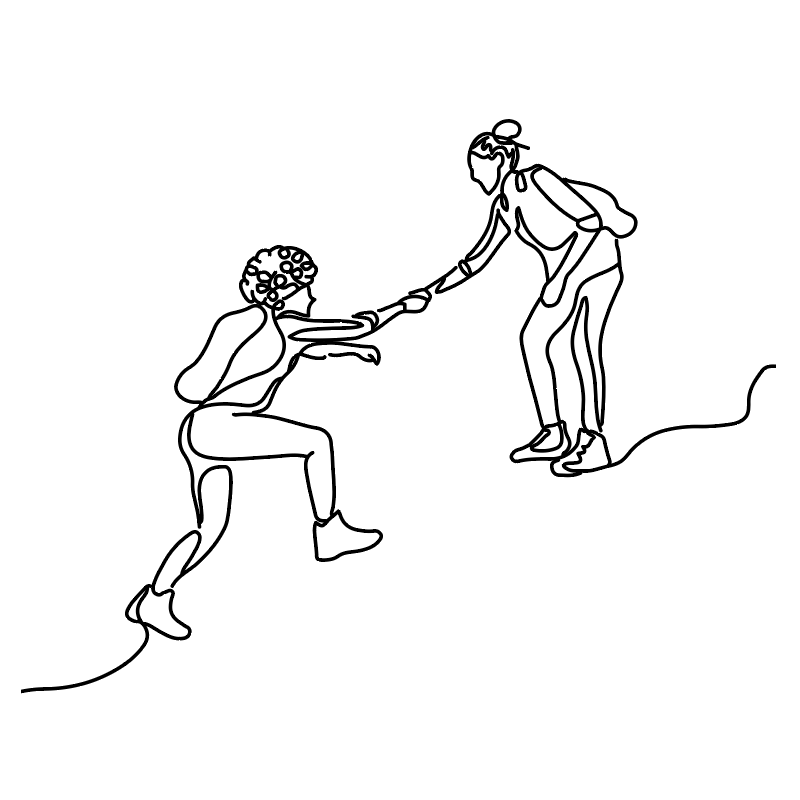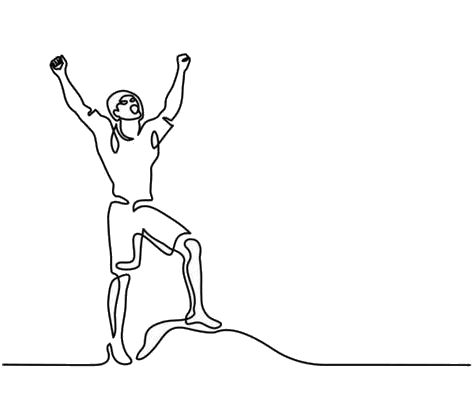There Is A Science to Learning After All! Behaviour change is the ultimate goal of any learning and development intervention. If you can’t change your learners’ behaviour, you won’t be able to make an impact against your organisational goals
Behind the Science
Goals, Grit
and Curiosity

Behind the Science

There Is A Science to Learning After All! Behaviour change is the ultimate goal of any learning and development intervention. If you can’t change your learners’ behaviour, you won’t be able to make an impact against your organisational goals

The science
How is Behavior Change Driven?

Blooms Taxonomy
Benjamin Bloom laid out a hierarchy of different levels of competency. you need to help your learners progress through the different levels.
Forgetting Curve
Hermann Ebbinghaus found that we forget up to 90% of what we learn within only a few weeks of having learned it.
Self-Determination
Richard Ryan & Edward Deci theory of human motivation that says we need competence, relatedness and autonomy to thrive
Brain Chemistry
Learning is what happens when your brain creates new neural pathways – making it easier for information to travel across the brain
B=MAP
BJ Fogg’s outlined behavior driven by 3 core elements Motivators, Ability and Prompts. All coming together at one moment in time.
How We Learn
Behaviour change is essential if you want your training to make a difference and deliver a return on investment. Learning is what happens when your brain creates new neural pathways. Neural pathways are connections in the brain that make it easier for signals to travel from
one region of the brain to another.
You can think of neural pathways a bit like roads across a busy town. The more roads a town has and the better maintained they are, the easier it is to get from one side of town to the other. The more frequently we use neurons in the brain, the more established these pathways become. With enough repetition, these behaviours become ingrained habits.


The Problem
Traditional approaches to L&D don’t help your learners build the connections in their brain which they need to do their job well. This means important information doesn’t stick in your learners’ brains. Most online learning is built around the faulty idea of one-off training intervention. This strategy is worse than you think. In fact, Hermann Ebbinghaus found that we forget up to 90% of what we learn within only a few weeks of having learned it.
This means that many organisations are investing their L&D budgets in training that rapidly leaks out their learners’ brains. This is a catastrophe for your return on investment.
The Solution: Learning Campaigns
Don’t despair! Ebbinghaus’ research didn’t stop there. He found that the way to plug our leaky brains was with spaced repetition. This means you need to reinforce your training with microunits delivered over increasing lengths of time. Over time, the training you deliver should get progressively more challenging. This idea is known as campaign learning.
Reinforcing training isn’t a natural fit with how we use computers. People use computers for longer activities, making it near-impossible to implement a culture of campaign learning


Smartphones Can Drive Behaviour Change
People may not use desktops in short sharp bursts, but that is exactly how they use smartphones. Deliver your training in microunits, and your learners will be able to open up their training and complete it in under five minutes. This gives your learners the flexibility to learn anywhere, any time.
As your learners reinforce their knowledge, the neural pathways in their brain will develop. This will transform knowledge into everyday behaviour. As they do this their confidence will increase and your learners will grow in their mastery of a topic. These levels of competency are known as Bloom’s Taxonomy.
The first level is simply knowledge. When your learners reach the very top of the hierarchy, able to complete complex evaluations and think creatively about a topic. As an L&D professional, you need to help your learners progress through the different levels. Reinforcing training and helping your learners develop the neural pathways needed for mastery is essential. But there’s one further step needed to ensure behaviour change and in turn, ROI.
Motivation that Matters
The final step is helping your learners find the intrinsic motivation needed to thrive. Intrinsic motivation is when your drive comes from within, not from rewards or incentives. Your learners need the motivation to keep coming back to your learning platform so that they can continually grow. Richard Ryan and Edward Deci outlined a theory of human motivation called Self-Determination Theory. It shows we all need three separate components to thrive:
Competence: We need to be confident that we’re good at what we do. This is why online learning is so important. It helps us get better at our jobs;
Relatedness: We need to interact with others and form social bonds. It’s important that your online learning is reinforced with social functionality;
Autonomy: We want to feel like we’re in control of our own lives. If your training allows your learners to complete what they want when they want to, it will help them become who they want to be.

The power of gaming + rewards.
Inspired Learning. Lasting Results

Identity & Develop
Transition & Grow
Align & Recognize
Reward
Content & Originals

Science-Based Workplace Learning
Available July 2021


